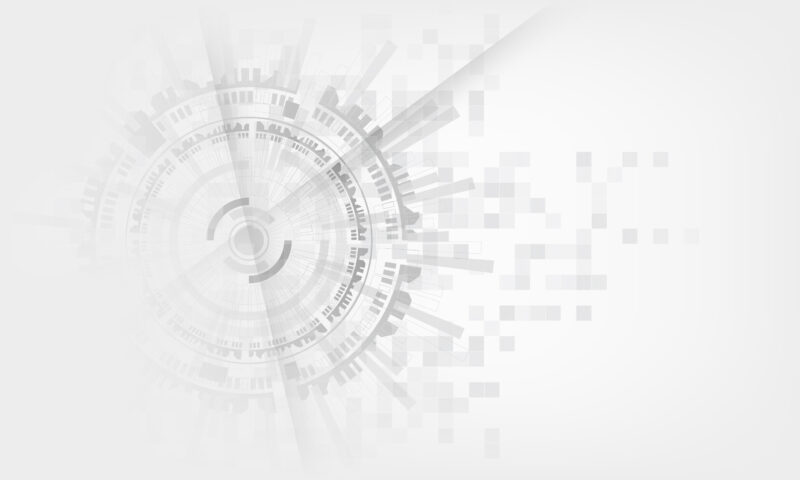MN Innova Explains
Digitalization of Tax Administration

With the increased popularity of digital technology, different aspects of human life have been impacted. Technology has improved communication, work, education, relationships and many other areas, and this impact has been multiplied by the increased accessibility to mobile devices. One of the areas which have been significantly impacted is governance. Electoral processes, census, and judicial processes have improved with the introduction of technology, and taxation should not be left out. Recently, several countries have embarked on improving the tax administration process using digital technology. Adopting digitalization of tax administration comes with several benefits, challenges and learnings, which this article seeks to examine.
The digitalization of the tax administration system differs from country to country because each environment has peculiar circumstances and nuances that define them. For example, countries have different compliance cultures and accessibility to devices and their enabling infrastructure differs from country to country. Furthermore, there are other factors such as differences in the availability of resources and differences in leadership and governance style, culture, and competence.
The OECD, in a report titled “Supporting the Digitalization of Developing Country Tax Administrations,” notes that for a successful digitalization of tax administration to be adopted, the leadership of the government and tax bodies must be in support. A successful digitalization of tax administration occurs in three stages: planning, execution and evaluation. Each of these stages requires intentional effort and dedication. Government leadership needs to formulate the right policies and create an environment that will not hinder the goal of digitalization but instead enable the successful execution of the plan.
There are several benefits to the digitalization of tax administration. Some include the assimilation of the informal sector, particularly in developing countries, the shift to compliance by nature, the availability of data for making informed future decisions and more and an increase in revenue for government. In many developing countries, commercial activities are performed by an overwhelming majority of people who operate in the informal sector. Digitalization of tax administration will help capture the informal sector into the tax net by creating a link between employers and administrators, which can impact taxes such as withholding tax. Furthermore, using technology to collect taxes will make it easier for taxpayers to comply with their obligations. Collection of taxes at source will create a level of trust between tax administrators and taxpayers. Tax administrators will also be more equipped to send reminders and inform taxpayers about their obligations since they will have the necessary contact details and access to tools for direct communication with taxpayers, such as SMS. Another advantage of digitalization of tax administration is that it will either reduce bureaucracy and involvement of officials in the administration process or move tax officers to other critical areas where their skills are more needed. Adopting digital tax administration can lead to a reduction in the cost of tax administration and bureaucracy. Moreover, the digitalization of tax administration will lead to an opportunity for governments to create a database of taxpayers that can be used in developing more effective and accurate policies and strategies.
Although it is essential to discuss the benefits of digitalization of tax, it is also crucial to mention the challenges of using technology for tax administration. Firstly, there is the fear that inadequate network infrastructure will pose a significant threat. A major barrier to the digitalization of tax administration is the lack of network and internet infrastructure access. Adopting a digital tax administration policy without solving the infrastructure deficiency will lead to the exclusion of a considerable amount of taxpayers with no access to internet infrastructure. Recently, the problem of network availability has been solved by the use of mobile broadband, but this is not a sustainable solution. The necessary infrastructure must be provided for a digital tax administration policy to be implemented. There is also the issue of access to financial services. In many developing countries, access to financial services such as traditional bank services is low, making it difficult to deduct tax directly at the point of transaction. Many of these countries are finding ways to solve this problem by encouraging a cashless policy and the rise of mobile-based financial services. These strategies will encourage more people to rely on traditional banking systems.
Although the primary responsibility of digitization of tax administration lies on the government, there is also a role that individuals and private organizations play in the process. Organizations like MN Innova have begun contributing in several ways to this process. The leadership course for senior tax officials, in which training on policy and other vital skills is conducted, is a step in equipping tax administrators with the necessary skills. The 3rd cohort of the course was held in the fourth quarter of 2022, and there will be more cohorts.
